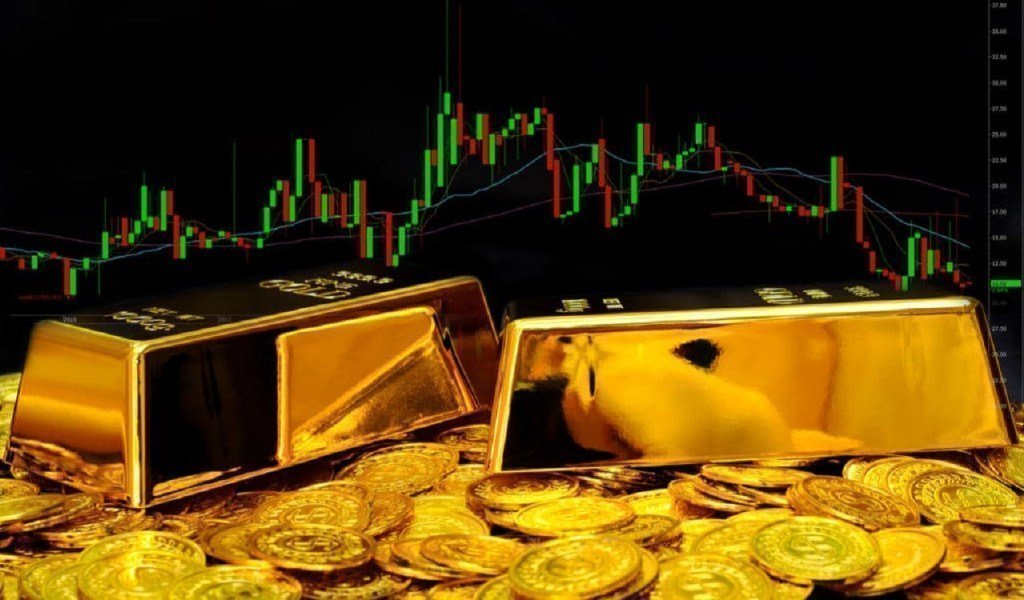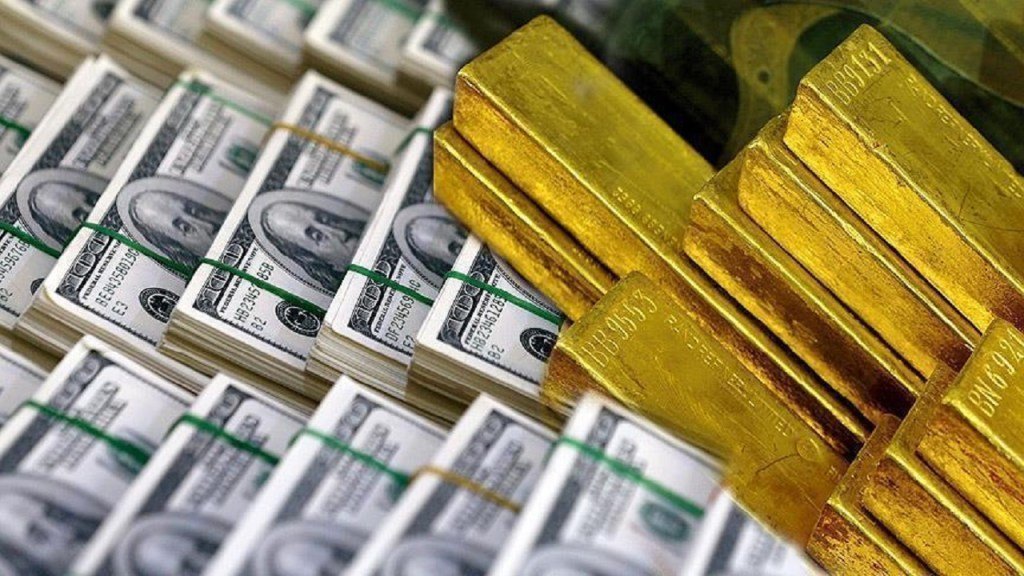After nearly a month of gains, the gold rally reversed. Experts say that the focus will be on the trend of the dollar index, as it will largely drive gold and Bitcoin prices. In addition, the Welss Fargo research team interprets how developments and data affect the markets.
Gold and Bitcoin rallies are over, followed by sharp drops
cryptocoin.com As you follow, the gold rally stopped after four consecutive weeks of gains. Prices faced resistance near the psychological $1,800, which was replaced by selling pressure. In the past week, MCX gold rates have corrected more than 2%. Spot gold price fell over 3%. The leading crypto Bitcoin also ended its rally, which reached 25 thousand dollars. After that, BTC fell sharply to $ 21 thousand. It was largely dollar index (DXY) strength that acted as a major headwind for gold and Bitcoin. The dollar index is down nearly 3% since testing lows of 104.63 points. This in turn led to this corrective wave in gold prices. It also pushed gold to a three-week low.
The dollar strengthened as market participants focused on the minutes of the Fed meeting in July, which showed that policymakers were determined to raise interest rates until they were convinced that inflation had dropped significantly. After the Fed tightened expectations supporting the dollar index, the focus is now on the Jackson Hole Symposium on August 25-27, which will provide further clues for gold and Bitcoin prices.

Let’s take a look at the top 5 triggers that are likely to affect the price of gold and Bitcoin in the near term.
Jackson Hole symposium
Sugandha Sachdeva, Vice President of Commodity and Currency Research at Religare Broking, comments:
The much-anticipated speech from the Fed chair at the annual conference will provide further guidance on how much US borrowing costs can rise in the coming months and how long they will stay there in their fight against rising price pressures.
dollar index (DXY)
Sugandha Sachdeva of Religare Broking explains the impact of DXY:
The focus will be on the trend of the dollar index, which will largely guide the week’s gold prices. The index has a significant hurdle at the 108 level. We’ll see if it can manage to stay above the same level.

US Q2 GDP data
Anuj Gupta, Vice President Research at IIFL Securities, comments:
The third estimate of US Q2 GDP data will be released next week. It will give gold investors more insight into the health of the US economy. If US GDP forecasts are disappointing, it is possible that there will be buying interest in the US dollar due to profit booking trigger.
US preliminary wholesale inventory and balance of trade
Anuj Gupta of IIFL Securities says:
Weak trade balance data puts the US dollar under pressure. Therefore, it is possible that it will lead to an increase in gold prices. After the Jackson Hole Symposium, these US figures are quite significant.

US home sales and business data
A host of other economic data releases will further increase the volatility in gold prices. Next week’s US and European manufacturing data includes US Services PMI, new home sales, core durable goods orders and core PCE price index.
Weekly economic and financial comments
The Welss Fargo research team interprets how developments and data affect markets.
USA: Enlargement not yet hit the gallows
According to our estimates, the increase in real retail sales and the recovery in industrial production in July provided evidence beyond the latest employment data that the US economy is not yet in recession. However, with new orders in the manufacturing sector slowing sharply and residential activity continuing to decline, this week’s data has not changed our view that a decline will be difficult to avoid in the coming quarters.

International: Different paths for inflation in Canada and the UK
Headline inflation in Canada is showing signs of cooling off. General CPI decreased to 7.6% yoy in July due to falling gasoline and energy prices. Inflation in Canada peaked in July. However, price pressures in the UK have yet to subside. Headline inflation surprised on the upside, reaching 10.1% year-on-year. Another big increase in electricity prices is planned for October. Therefore, we expect UK inflation to remain high for a longer period of time.
Rate monitoring: Fed still has more work to do
We expect the Fed to raise the fed funds rate by another 75 basis points at the September 20-21 FOMC meeting. We also expect it to be followed by 50 basis points in early November and 25 basis points in December. After that, we expect the Fed to take a break. Meanwhile, we believe that we will see how the rate hikes it has carried out so far will affect the economy.
Topic of the week: China’s renewed slowdown
The combination of Covid containment policies and a troubled real estate industry has led us to consistently lower our annual GDP forecast this year. From now on, we expect the Chinese economy to grow by just over 3%. We also believe the risks are leaning towards slower growth than we anticipated. Activity data for July, released in the last few weeks, reinforces this view.







